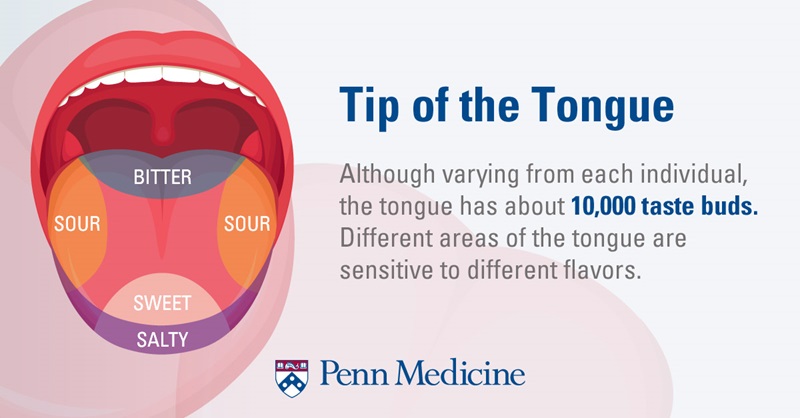The average human has around 10 000 taste buds

The Average Human Has Around 10,000 Taste Buds

Have you ever wondered how your taste buds work and how they contribute to your overall sensory experience of eating? It’s fascinating to think about the intricate mechanisms behind our ability to savor the flavors of different foods. One interesting fact is that the average human has around 10,000 taste buds, each playing a vital role in detecting and distinguishing between various tastes.
Taste buds are tiny receptors located on the surface of our tongues, as well as other parts of our oral cavity. These small structures contain specialized cells that are responsible for detecting different taste sensations. Our sense of taste is crucial for our survival, as it helps us identify essential nutrients, avoid harmful substances, and enjoy the pleasures of eating.
Now, you might be wondering how we can have 10,000 taste buds when they look so small and inconspicuous. Well, the truth is that taste buds are not easily visible to the naked eye. These microscopic structures are housed within bumps known as papillae that cover the surface of our tongues. Papillae come in different shapes and sizes, with each type of papilla harboring multiple taste buds.
The average person has several types of taste buds, each responsible for detecting specific taste sensations. These taste sensations include sweet, salty, sour, bitter, and umami (savory). While all taste buds can detect these primary tastes, some taste buds are more sensitive to certain flavors. This variation in sensitivity helps explain why some individuals may have a strong preference for sweet foods, while others may prefer savory or spicy options.
Interestingly, taste buds are not static and can undergo constant turnover. Approximately every two weeks, our taste buds are replaced by new ones. This continuous regeneration ensures that our ability to taste remains intact over time. However, factors such as age, genetics, and certain medical conditions can affect the number and functionality of taste buds.
Understanding the role and number of taste buds can also shed light on conditions such as taste disorders. For example, individuals suffering from conditions like ageusia (the complete loss of taste) or dysgeusia (an altered sense of taste) may have their taste buds impaired or dysfunctional.
In conclusion, taste buds are remarkable sensory receptors that allow us to savor and enjoy the flavors of the foods we love. While the average human has around 10,000 taste buds, their functions extend beyond basic taste detection. These tiny yet powerful structures contribute to our overall sensory experience and greatly enhance our enjoyment of food. So, the next time you take a bite of your favorite dish, take a moment to appreciate the incredible work of your taste buds!
Source: Penn Medicine
Tags
Share
Related Posts
Quick Links
Legal Stuff


